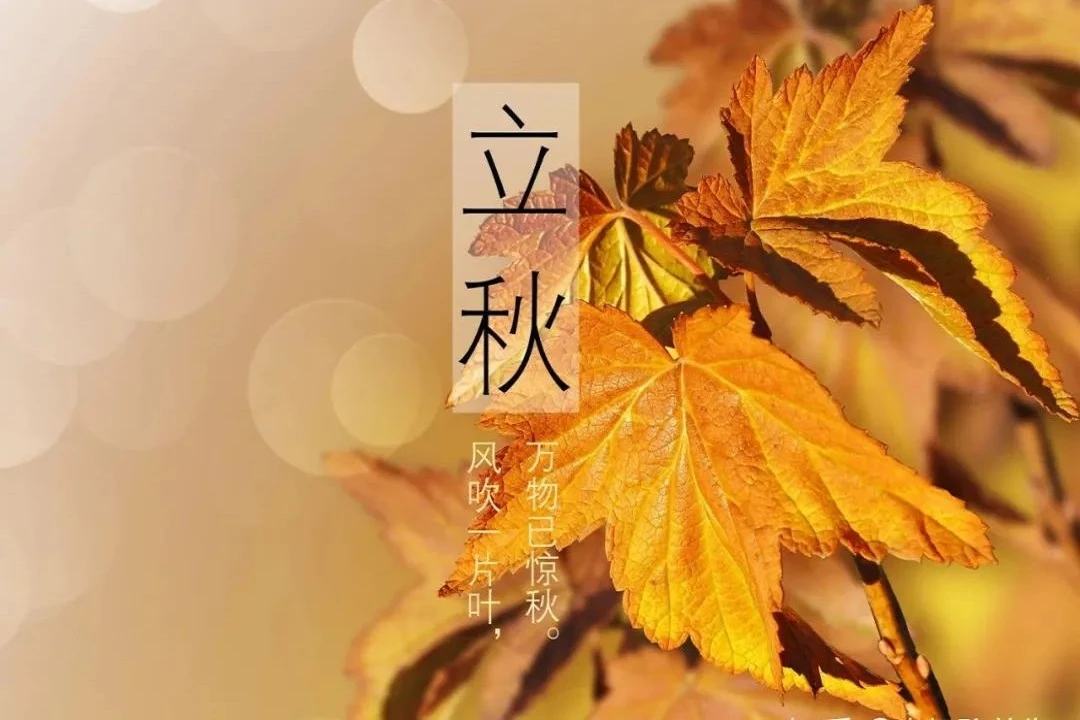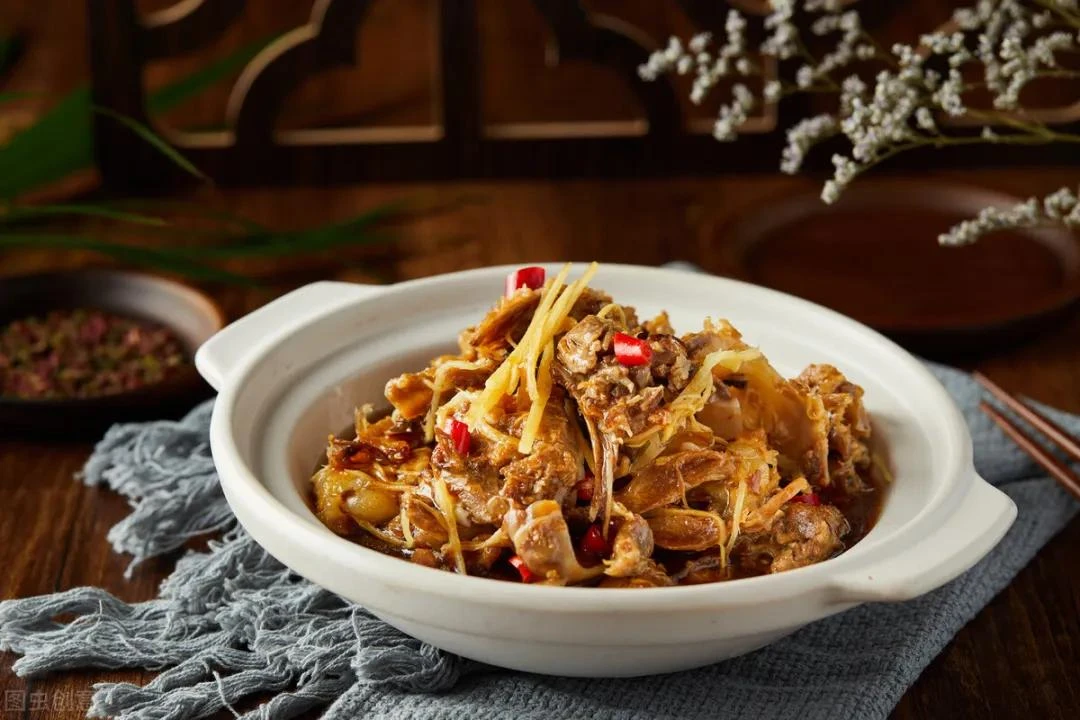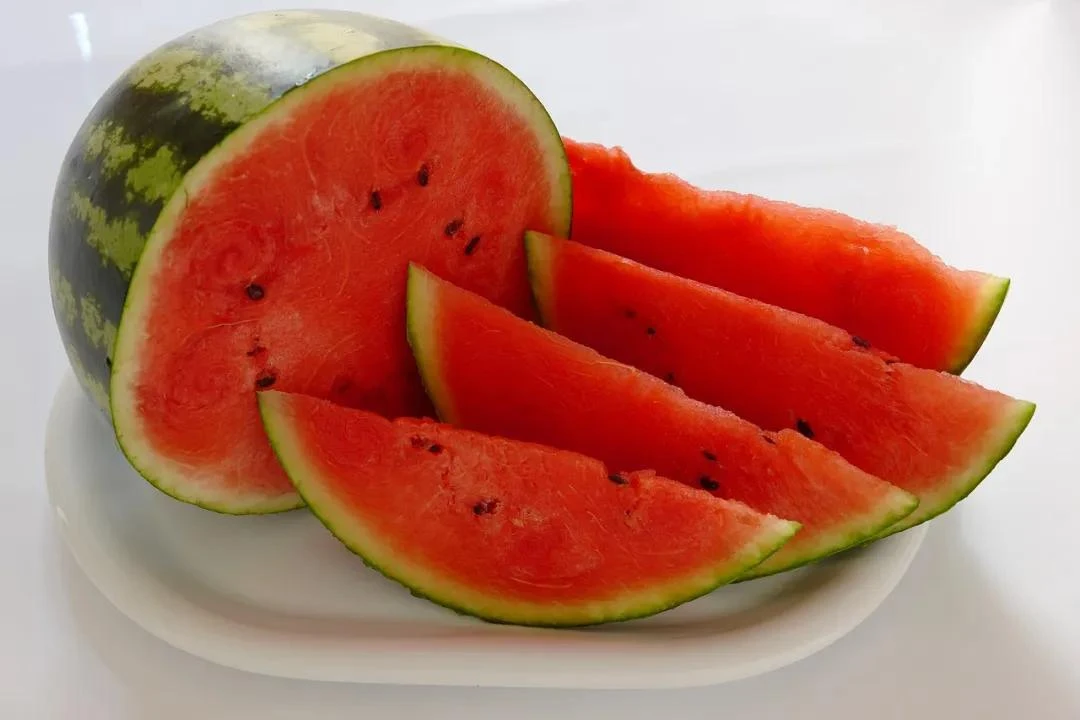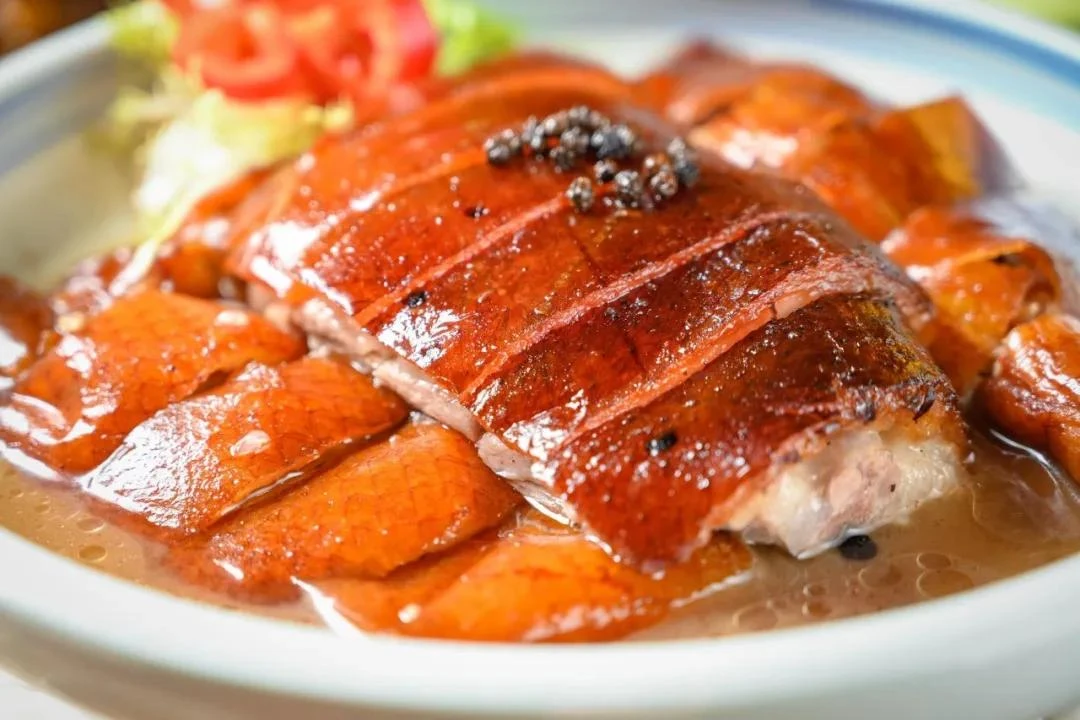As the first cool breezes of autumn begin to drift in, marking the transition from the heat of summer to the golden hues of fall, people across China eagerly anticipate the arrival of Li Qiu, or the start of autumn. This time-honored festival is more than just a date on the calendar; it is a celebration steeped in tradition, particularly when it comes to food. Each region in China has its own unique culinary customs to mark the beginning of autumn, and these traditional dishes are more than just a feast for the senses—they embody deep cultural significance and a collective hope for health and well-being. Let's dive into the world of Li Qiu's traditional foods, savoring the flavors and the stories they tell.
Savoring Watermelon: Bidding Farewell to Summer's Heat
In the Jiangnan region, Li Qiu is synonymous with the tradition of “gnawing autumn” (啃秋). The star of this ritual is none other than the watermelon. Despite the cooling temperatures that come with the arrival of autumn, people in Jiangnan still indulge in the sweet, refreshing taste of watermelon on this day. This practice is more than just a delightful way to enjoy a favorite summer fruit; it is believed to symbolize the act of “gnawing away the remnants of summer's heat” and welcoming the cooler, more temperate days of fall.
Watermelon, with its crisp texture and juicy sweetness, offers not only a moment of culinary pleasure but also a promise of the cool, refreshing season ahead. As people bite into the chilled fruit, they are not just satisfying their taste buds—they are participating in a ritual that connects them to the changing seasons, bidding farewell to summer while embracing the gentle arrival of autumn.
A Celebration of Harvest and Reunion
Another cherished tradition during Li Qiu is the preparation and enjoyment of autumn pancakes (秋饼). These round, dough-based delicacies are more than just a tasty treat—they are symbols of reunion and abundance. In many parts of China, families gather to make these pancakes as a way of celebrating the fruits of their labor over the past year and looking forward to a bountiful harvest.
Autumn pancakes come in a variety of flavors, both sweet and savory, catering to a wide range of palates. Whether filled with sweet bean paste, savory meats, or vegetables, each pancake is a reflection of local tastes and the ingredients available during the season. The round shape of the pancake is symbolic of completeness and unity, making it a fitting food to share with loved ones as the family gathers together to celebrate Li Qiu.
A Remedy for the Dryness of Autumn
Duck, with its rich, succulent meat, holds a special place in the culinary traditions of Li Qiu. There is a saying in China, “Eating duck on the start of autumn keeps illness at bay” (立秋吃鸭,无病各家). This belief is rooted in the idea that duck meat, known for its cooling and moisturizing properties, is the perfect remedy for the dryness that often accompanies the onset of autumn.
Whether enjoyed as a braised dish, roasted to perfection, or simmered in a nourishing soup, duck is a versatile ingredient that offers not only a feast for the senses but also numerous health benefits. Its cooling nature helps to balance the body's internal heat, while its moisturizing qualities are believed to protect against the dryness of autumn, making it an ideal food for this time of year. As families gather around the table to share a meal of duck, they are not only enjoying a delicious dish but also embracing the wisdom of traditional Chinese medicine, which emphasizes the importance of eating in harmony with the seasons.
A Northern Custom for Strengthening the Body
In northern China, the arrival of Li Qiu is marked by the tradition of “plastering the autumn” (贴秋膘), a practice where people consume rich, fatty meats to prepare their bodies for the colder months ahead. This custom, deeply rooted in the agricultural society of ancient China, was a way for people to build up their body’s reserves of fat and energy to withstand the harsh winter.
While modern society no longer requires such drastic measures to prepare for winter, the tradition of “plastering the autumn” still persists in some areas, albeit in a more moderate form. Foods like braised pork belly, roasted meats, and other hearty dishes are enjoyed not just for their taste but for the sense of warmth and comfort they bring as the days grow shorter and cooler. However, it is important to approach this tradition with a sense of balance. While some people benefit from the extra nutrition and energy provided by these rich dishes, others, especially those who already consume a diet high in fats or suffer from conditions like high cholesterol, should exercise caution.
As Li Qiu comes and goes, these culinary customs serve as a reminder of the deep connection between food, health, and the changing seasons. By embracing these traditions, people not only nourish their bodies but also their spirits, finding comfort and joy in the simple act of sharing a meal with loved ones. As we move into autumn, may we all take a moment to savor these time-honored traditions, adjusting our diets and lifestyles to harmonize with the rhythm of the natural world.




